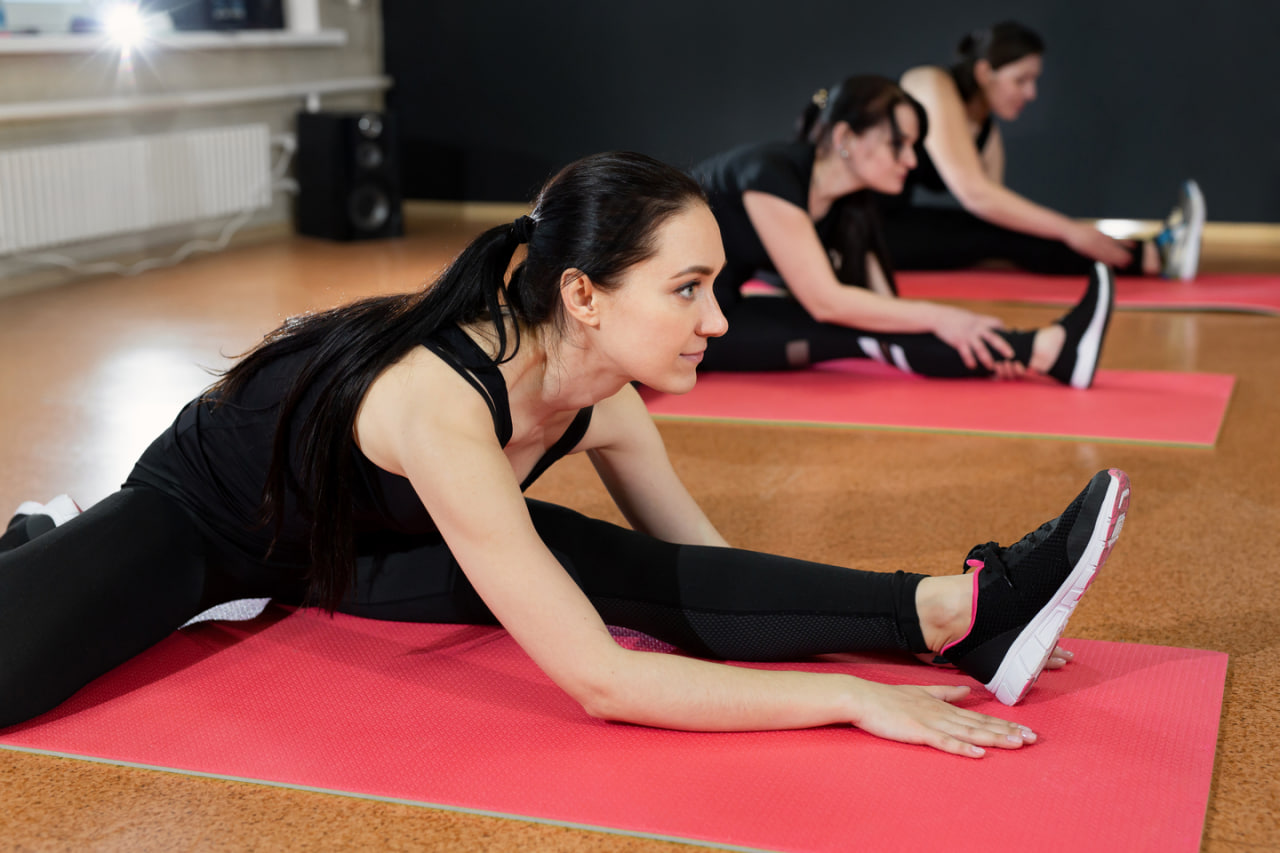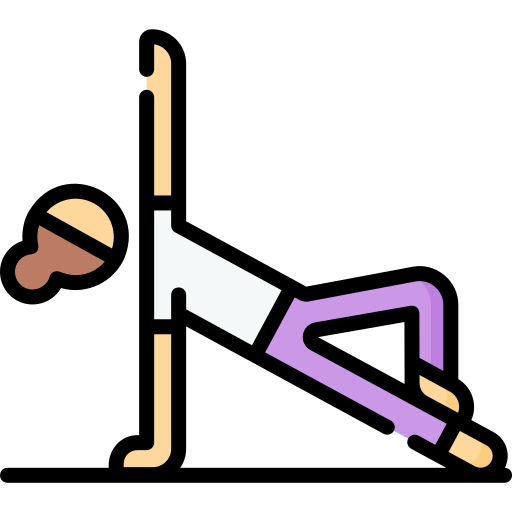
Why Flexibility Matters in Daily Living
Flexibility is often viewed as something reserved for dancers, athletes, or yoga enthusiasts, but in reality, it plays a vital role in everyone’s everyday life. The ability to move freely and comfortably affects how you sit, walk, reach, lift, and even breathe. When muscles are flexible, they allow your joints to move smoothly, reducing stiffness and strain on the body. This ease of movement contributes to better posture, improved balance, and a lower risk of injury during daily tasks.
Modern life tends to limit our range of motion. Long hours at a desk, constant use of electronic devices, and repetitive routines cause muscles to shorten and joints to tighten. This lack of mobility doesn’t just make movement harder—it can lead to discomfort, fatigue, and long-term musculoskeletal problems. Developing flexibility is a way to restore what daily life often takes away.
The Connection Between Flexibility and Posture
Good posture is not only about standing straight; it’s about maintaining alignment so that the body can function efficiently. Flexibility directly influences this alignment. When certain muscles become tight—such as the hip flexors, hamstrings, and chest muscles—they pull the body out of its natural position. This results in rounded shoulders, a forward head posture, or a tilted pelvis.
Stretching and mobility exercises lengthen those tight muscles, helping to bring the body back into balance. As flexibility improves, posture naturally aligns without the need for constant correction. This balance reduces pressure on the spine and joints, prevents headaches caused by neck tension, and makes standing or sitting for long periods less tiring.
Flexibility and Daily Movement Efficiency
Every movement you make—whether reaching for a high shelf, bending to tie your shoes, or twisting to look behind you—requires flexibility. When your muscles and joints can move through their full range of motion, these actions become smoother and more efficient.
For instance, flexible hamstrings and hips make it easier to bend or squat without discomfort. A mobile upper back allows you to turn or lift objects safely without overstraining your shoulders. Even simple tasks like walking become more fluid, as each step requires coordinated flexibility in the ankles, knees, and hips. In short, flexibility makes daily movements feel effortless rather than restricted.
How Flexibility Reduces Pain and Tension
Many types of discomfort that people experience in daily life—such as lower back pain, neck stiffness, and shoulder tension—are often linked to tight muscles and limited mobility. When muscles are short and rigid, they place uneven stress on joints and surrounding tissues. Over time, this imbalance creates discomfort or even chronic pain.
Stretching improves flexibility by releasing muscle tension and improving blood flow. Increased circulation delivers oxygen and nutrients to tissues, helping them recover and function properly. This process not only eases pain but also prevents it from returning. Regular stretching also promotes relaxation of the nervous system, allowing muscles to stay loose instead of locked in a state of tension.
Flexibility as a Tool for Stress Relief
Flexibility training offers both physical and mental benefits. Slow, deliberate movements combined with deep breathing activate the body’s relaxation response. This reduces levels of stress hormones and encourages calmness. When practiced consistently, stretching becomes a mindful activity that allows people to slow down, focus inward, and release accumulated tension from the body.
Everyday life can create both physical and emotional tightness. Spending just ten minutes a day stretching the neck, shoulders, hips, and back can have a noticeable effect on how the body feels and how the mind functions. It encourages mindfulness and presence, which carry over into other areas of life.
Integrating Flexibility Into a Daily Routine
Building flexibility doesn’t require a gym or a long workout session. It’s most effective when woven into daily life through short, consistent efforts. Simple practices like standing up every hour to stretch, taking a few minutes each morning for gentle mobility exercises, or winding down in the evening with deep stretches can bring significant improvements.
It’s also important to pair flexibility training with awareness of posture and movement throughout the day. Paying attention to how you sit, lift, and walk helps reinforce the benefits of stretching. Using full, controlled movements instead of abrupt or jerky actions teaches the body to move safely and efficiently. Over time, these small habits create lasting change, helping the body remain open, mobile, and resilient.
The Long-Term Impact of Staying Flexible
Maintaining flexibility through all stages of life supports independence, comfort, and vitality. It keeps the body adaptable to changes in activity level, reduces the risk of injury, and preserves balance and coordination as people age. Flexibility allows the body to absorb physical stress more effectively, protecting joints and muscles from wear and tear.
